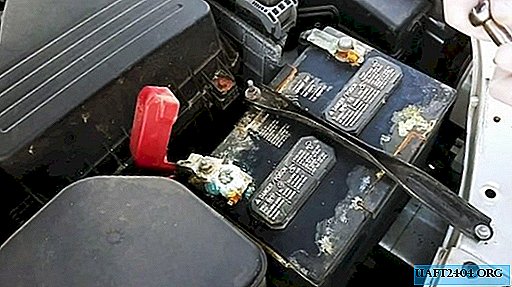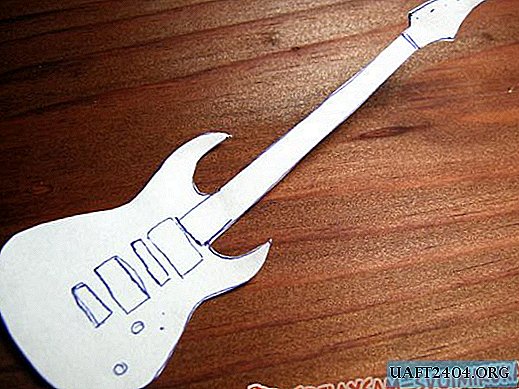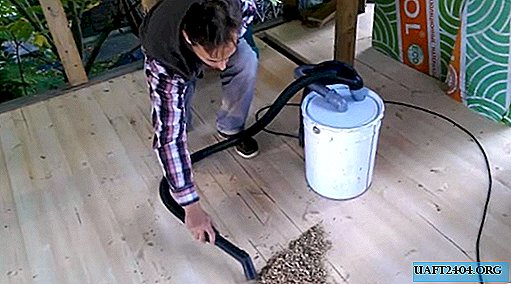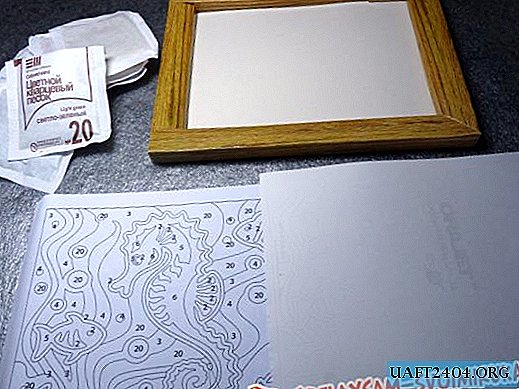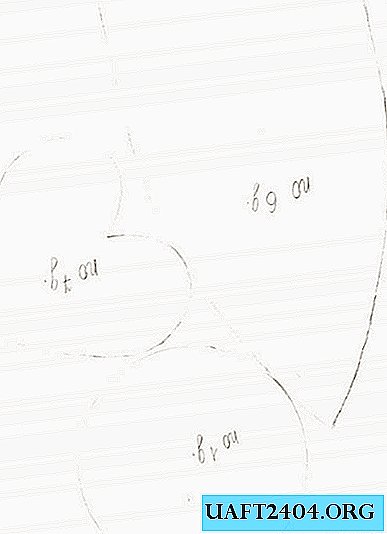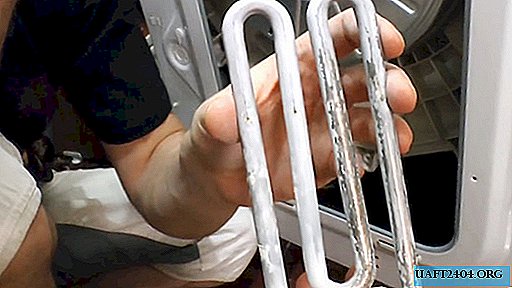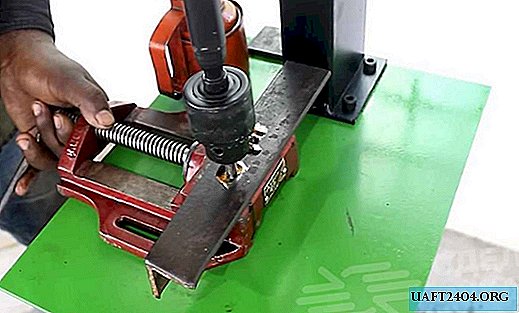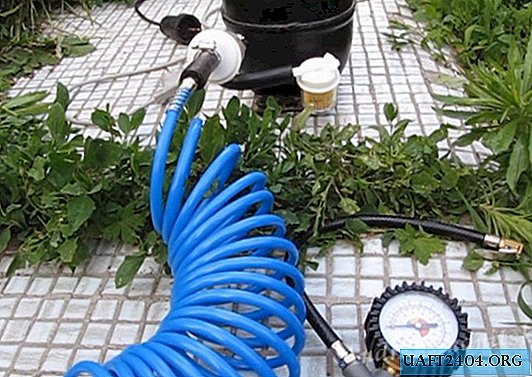Share
Pin
Tweet
Send
Share
Send
To prepare a Easter cake weighing 500 g:
- dry yeast - 8 g;
- egg yolks - 2 pcs.;
- sugar - 75 g;
- margarine - 55 g;
- raisins - 50 g;
- milk - 110 ml;
- salt;
- flour - 245 g;
- vanilla;
- peeled lemon -1/4 part.
Preparation of products.
1. Dry yeast can be replaced with wet yeast. For this amount of the finished product, 25 g of yeast should be taken.
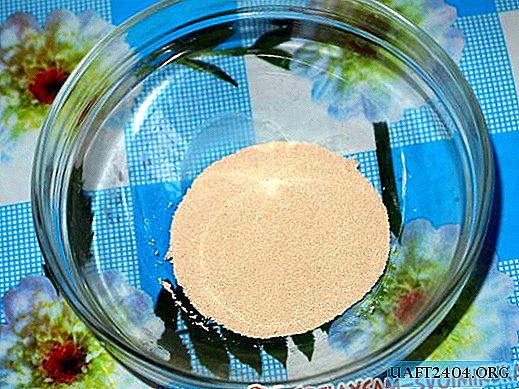
2. Flour should be sifted well to prevent various debris from entering it. Sifted flour helps the dough become more airy. Immediately with the flour you need to sift and vanillin.

The dough is cooked in a spooky way, because it contains a lot of fat and sugar.
3. Milk for making yeast dough should be warmed to a warm state.

4. Butter should be melted to a liquid or creamy consistency.




5. Pass the zest of the lemon through a meat grinder or rub on a grater.

Cooking Dough.
6. Pour the yeast into a container for dough, pour the milk and mix until the yeast dissolves.


7. Now we put sugar in the amount of 1 tbsp. l and flour (45 g), the whole mass must be mixed, cover the bowl with a napkin and remove for fermentation.


8. The bowl can be placed on the battery or placed in a container of warm water. We are waiting for the appearance of bubbles on the surface, the mass rises by a "cap", while its volume should double. While the dough wanders, we are preparing the remaining products.

9. Wash raisins in boiling water, and then mix with one tablespoon of flour.


Cooking dough.
10. The yolks are mixed with the remaining sugar and stirred until it dissolves. Why only yolks ?! And all because protein gives the test rigidity, products quickly become stale and lose their taste.



11. Pour sugar-egg mixture into the prepared dough, add salt and lemon zest.

12. Now gradually add the flour and knead the dough.

13. At this stage we put raisins in flour, and at the end - prepared melted fat. Knead the dough on the table until smooth for 15 minutes.



14. We remove the dough into heat by covering the container with a napkin. When the dough increases it needs to be kneaded. Repeat this procedure two, and preferably three times.
15. Grease the mold for Easter. We spread the dough from the calculation that during the approach and baking, it will increase 3 times. We put it near the oven or in the oven with an open door with minimal heating and wait for the approach.
16. After that, bake the product at a temperature of 200 ° C for ten minutes, and then another 50 minutes at a temperature of 170 ° C. Cool ready-made cakes to remove and remove from the mold.
Glaze preparation.
Egg white should be mixed with powdered sugar. The powder must be added gradually until a thick, homogeneous mass is formed. The exact amount of powder depends on the volume and density of the protein.




Grease the tops of Easter cakes with icing and sprinkle with powder or decorate with various decorations.




Share
Pin
Tweet
Send
Share
Send

